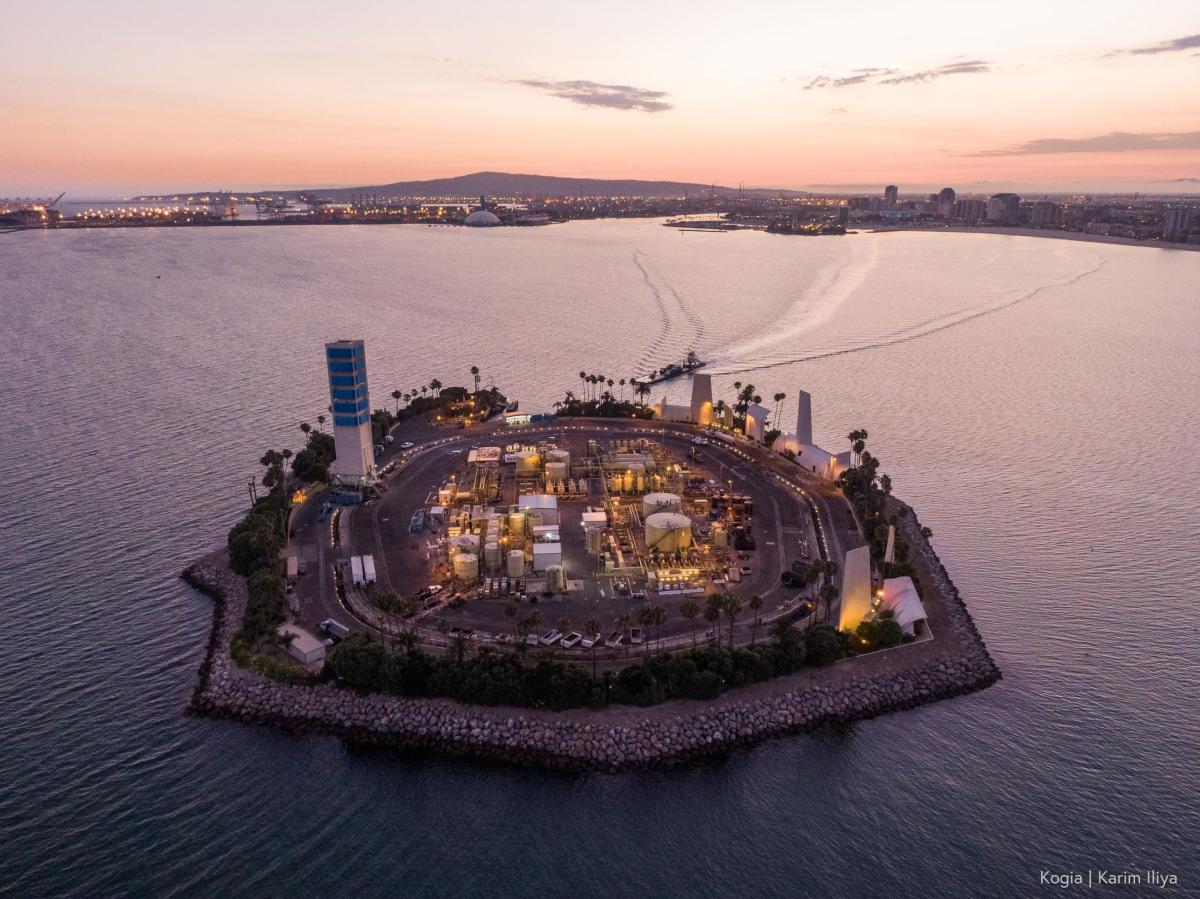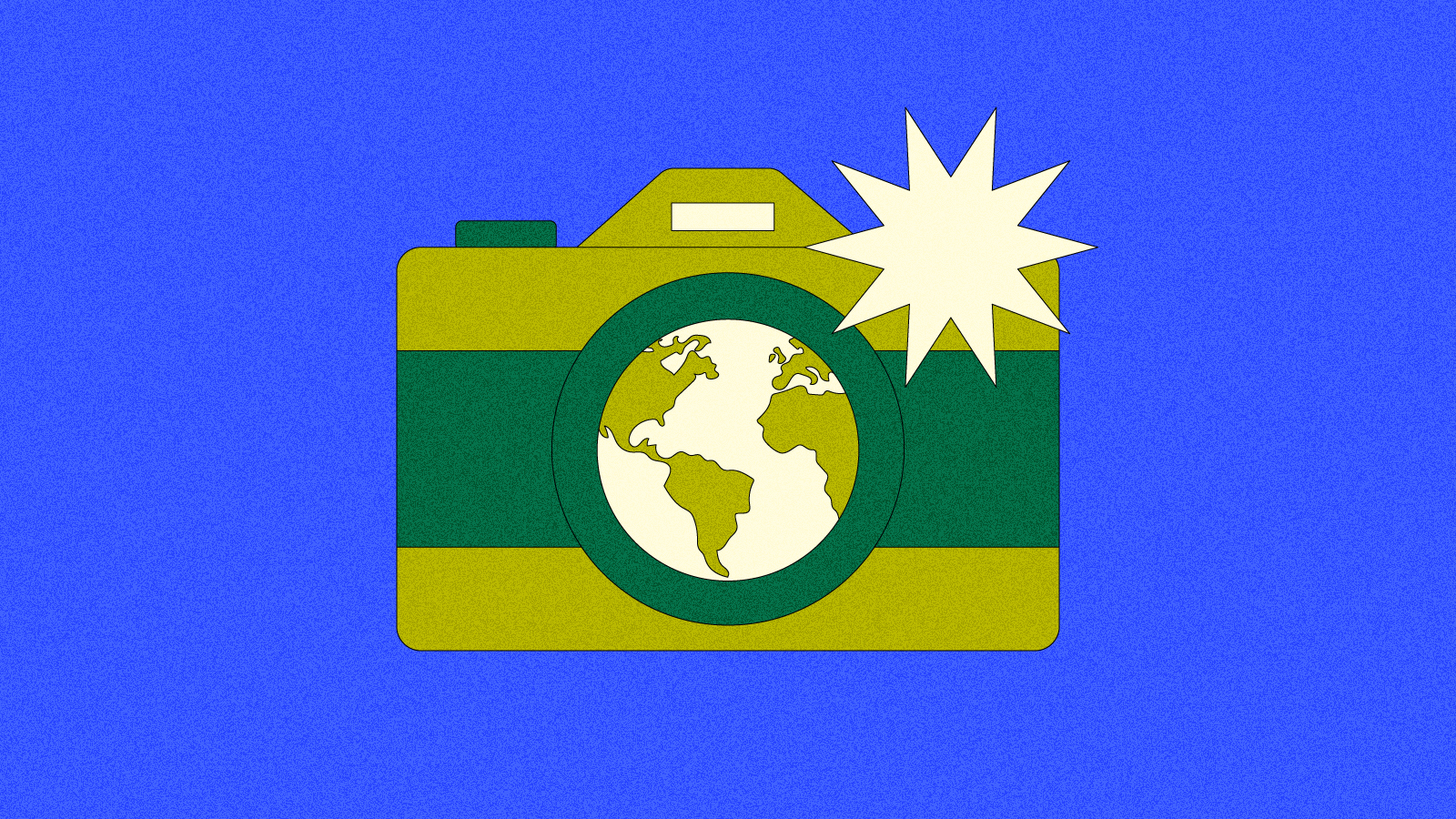
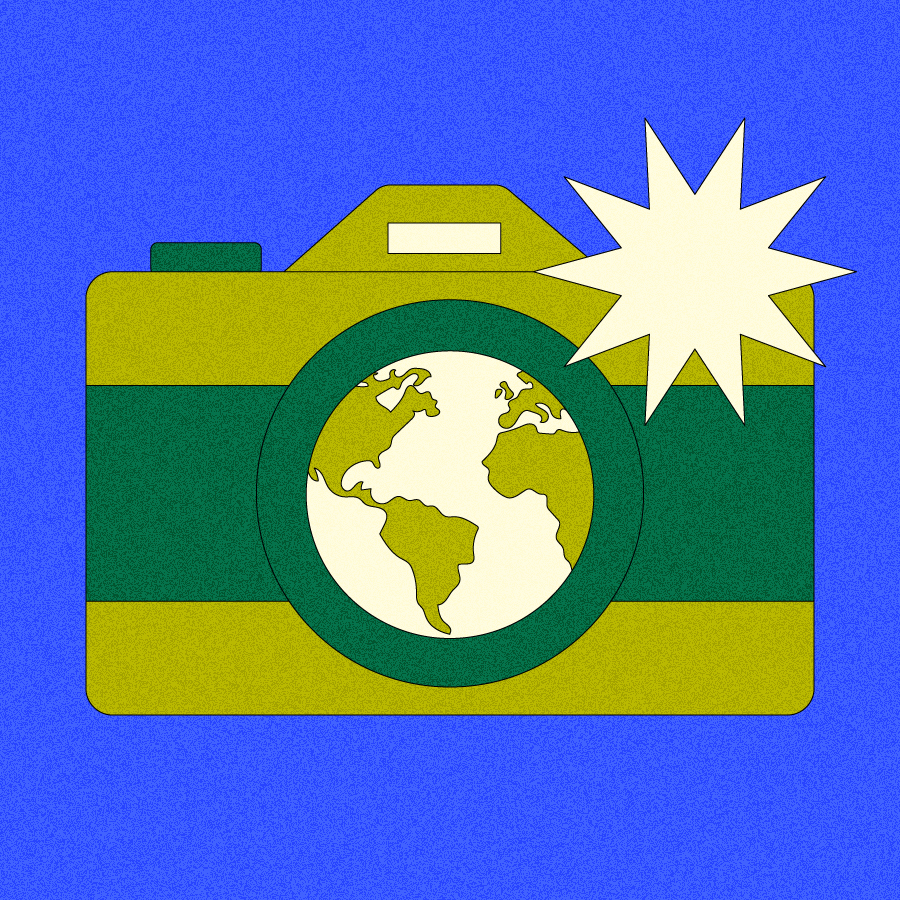
The vision
“When words become unclear, I will focus with photos. When images become insufficient, I will settle for silence.”
Photographer and environmentalist Ansel Adams
The spotlight
As a writer, I naturally have a penchant for words. I believe in their power – while also acknowledging their limitations. As much as we try to “show, not tell” through the written word, an article cannot quite come close to letting someone see or experience something for themselves. Photos and videos, on the other hand, come very close.
Visual storytellers must be immersed in the scenes they capture, close to the people, animals, plants and landscapes they create images of. They document things that many people would otherwise not see with their own eyes. It is a powerful medium, with a well established history of moving viewers to care about climate change and conservation. But high-quality, thought-provoking photography and film are also time-consuming and expensive to create, putting them out of reach for many would-be climate communicators and storytelling organizations.
It is a problem that Kogia, a non-profit media library, aims to solve. The library offers photos and video clips free of charge to scientists, conservation organizations, artists, activists and others.
“Our mission has been to democratize access to this media in a way, and to elevate the voices of those on the front lines of conservation and just give them the best tools possible for them to tell their stories,” said Nessim Stevenson. a filmmaker and photographer who founded the project with his cousin, and fellow photographer, Karim Iliya. They saw a great need to make high-quality imagery more readily available to conservationists and mission-driven organizations as an essential communication tool.
“I’ve had a lot of nonprofits ask me for photos and videos to use as I photograph underwater worlds—whales and turtles and manta rays and coral reefs, from the big animals to the tiny little creatures,” Iliya said. He knew other environmental photographers must be getting the same kind of requests, and wanted to create a platform that would enable these organizations to get the resources they need to promote their work, while relieving some of the strain on individual creators submitting these requests. The pair published a beta form of the project in spring 2023, which Stevenson describes as a “clumsy version that we made ourselves in Squarespace.” Yet they quickly recruited more than 100 members, from more than 40 countries. This year, on Earth Day, they launched Kogia 2.0 – a more robust library they built with the help of a volunteer web developer, with the work of more than a dozen creators.
The library also creates an opportunity to divert a certain type of waste. Only a small fraction of the images a photographer creates in the field will actually be licensed for prints or articles or other uses. The rest tends to sit on hard drives, essentially becoming “digital trash,” as Iliya put it. “It’s hard to make money out of it because it’s like the 10th best picture of a clam or a whale or a clown fish, and not the best one.” But these excess images are still of good quality, and can be a goldmine for small organizations and individuals who don’t have the budget to license or commission original photos or film. “So we try to reuse and recycle — basically use these things that would have just sat and rotted,” Iliya said.
Kogia is currently focused on the ocean, but Iliya and Stevenson eventually plan to expand the library to include land ecosystems as well. They are also starting a fellowship program that will involve sending out camera kits to young photographers and videographers around the world who want to document conservation stories from a local perspective.
“The way we saw some of the media being used, from the anti-whaling movement in Iceland to student-led groups educating young children about nature and their environment in South Asia, it was really surprising and exciting,” Iliya said.
Stevenson and Iliya shared a selection of their favorite images from the gallery, collected below. It comes from some of the most threatened ecosystems on Earth – like Palau, part of a coalition of small island states that have banded together to hold large nations accountable for climate impacts (and recently won a major victory from the International Tribunal for the Law of the Sea). While some of the images in Kogia’s library offer glimpses of the impact of climate change, industry and pollution on marine ecosystems, the majority, including this one, focus instead on their beauty and how much there is to protect.
– Claire Elise Thompson
![]()
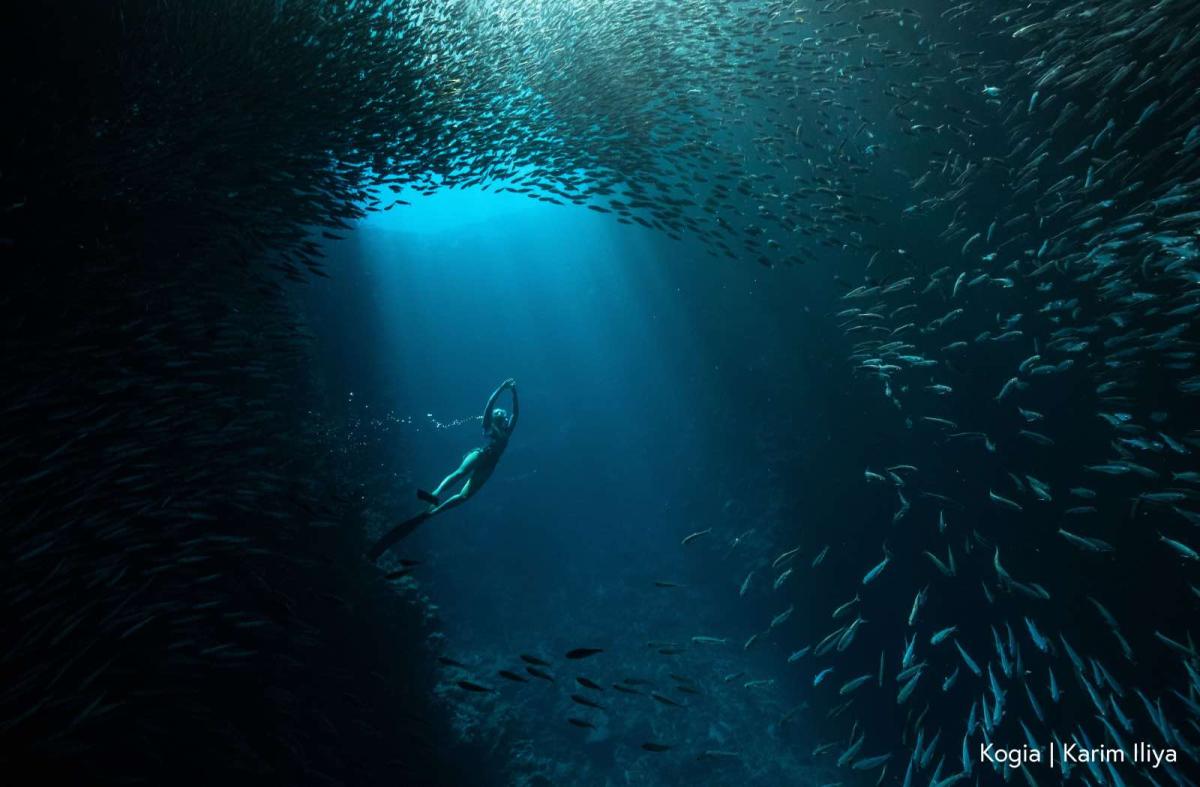
A freediver in a cave in Vava’u, Tonga.
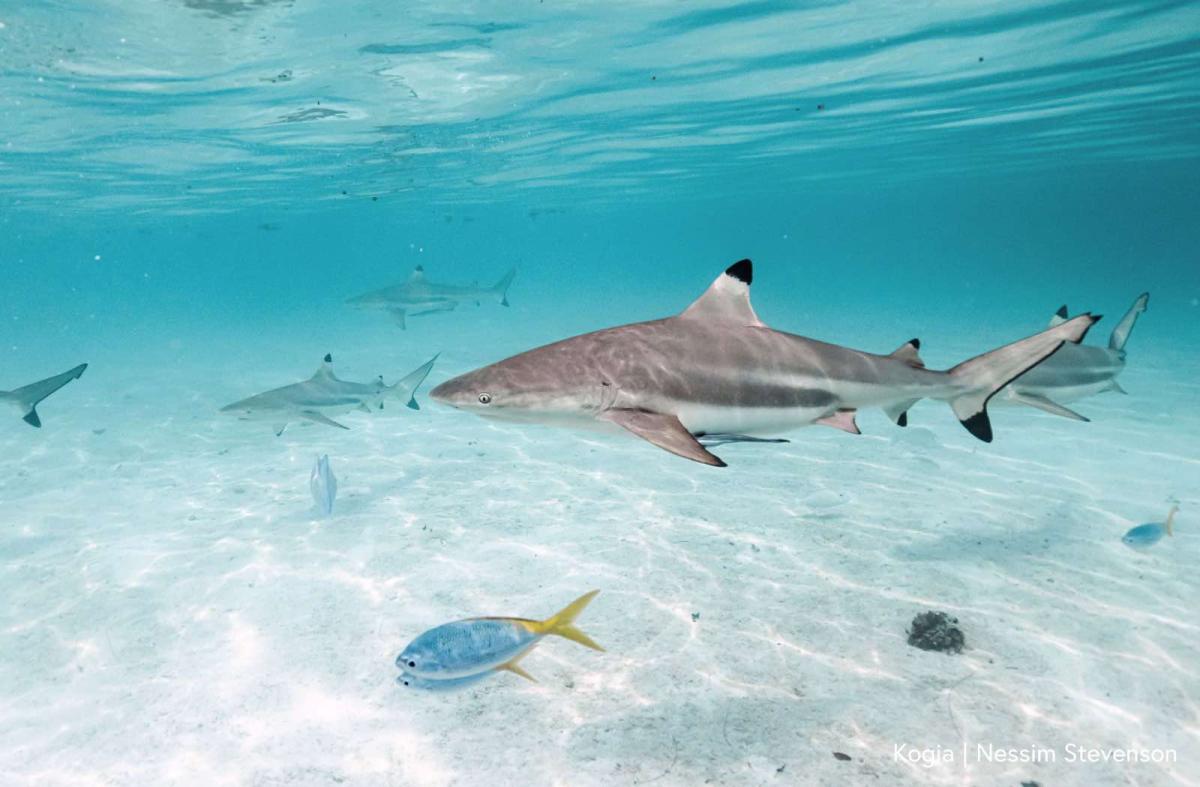
Black tip reef sharks in Palau.
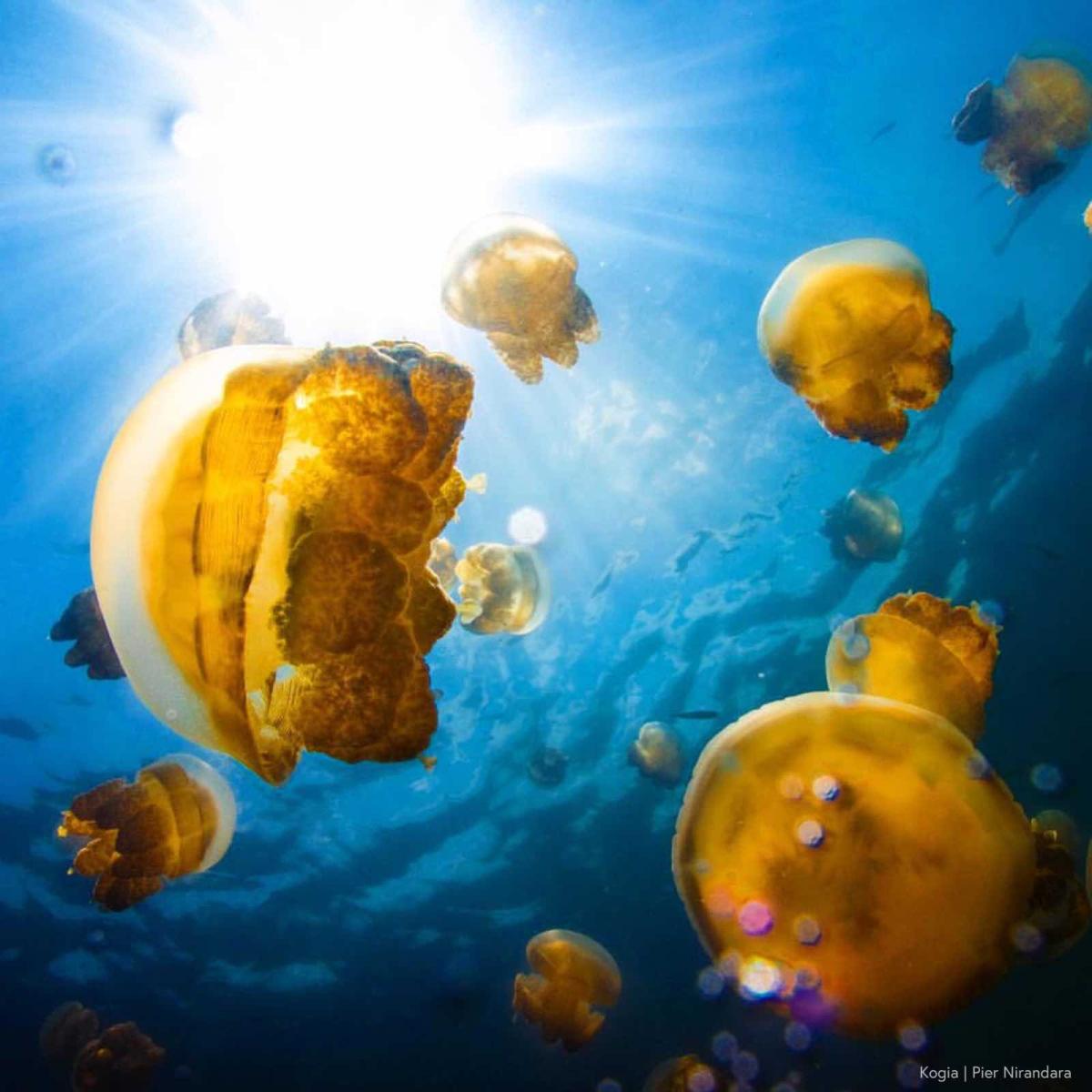
Golden jellyfish in Palau.
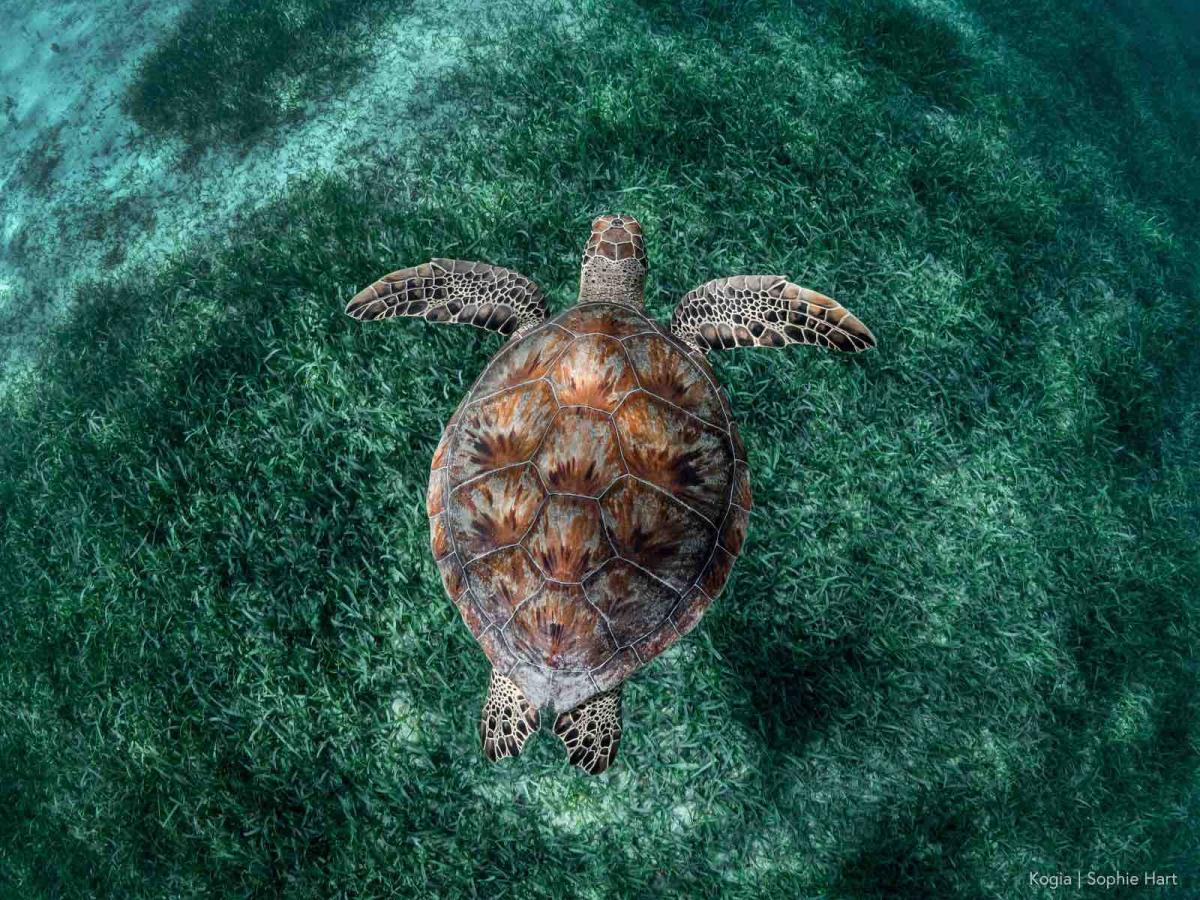
A green turtle swimming over sea grass in Puerto Rico.
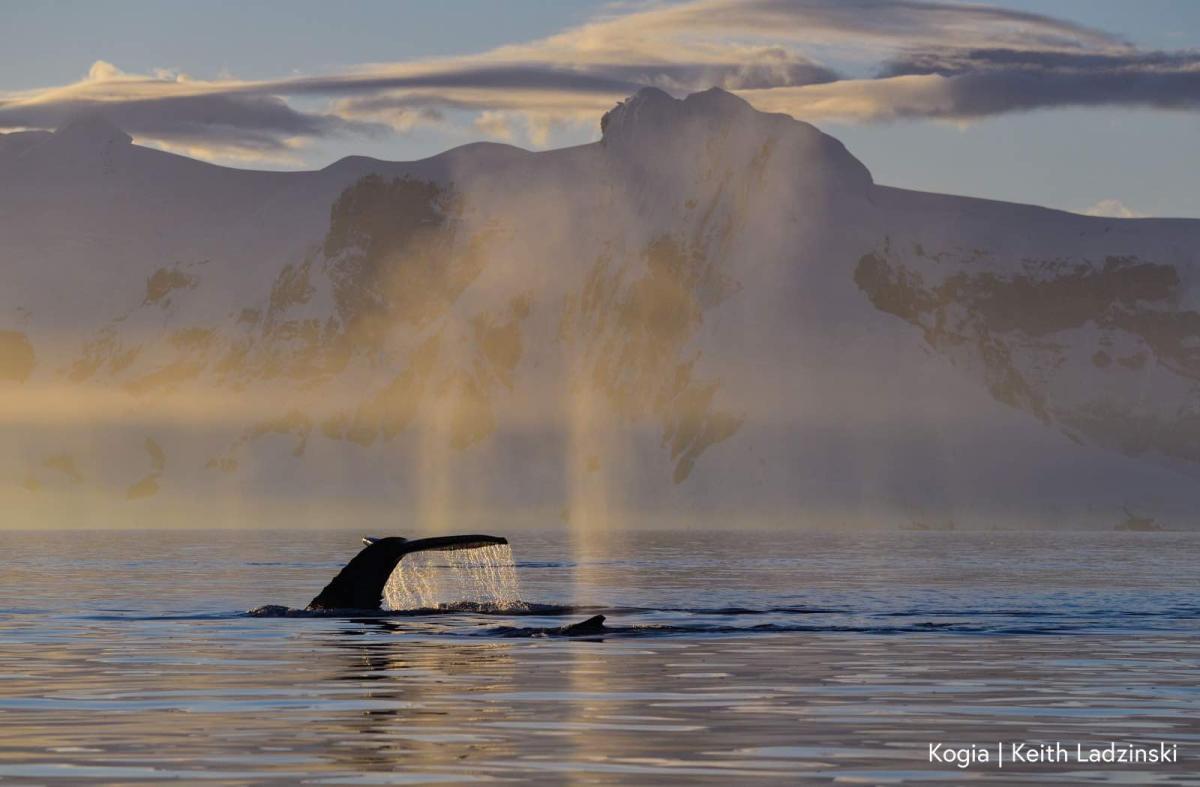
A humpback whale tail in Antarctica.
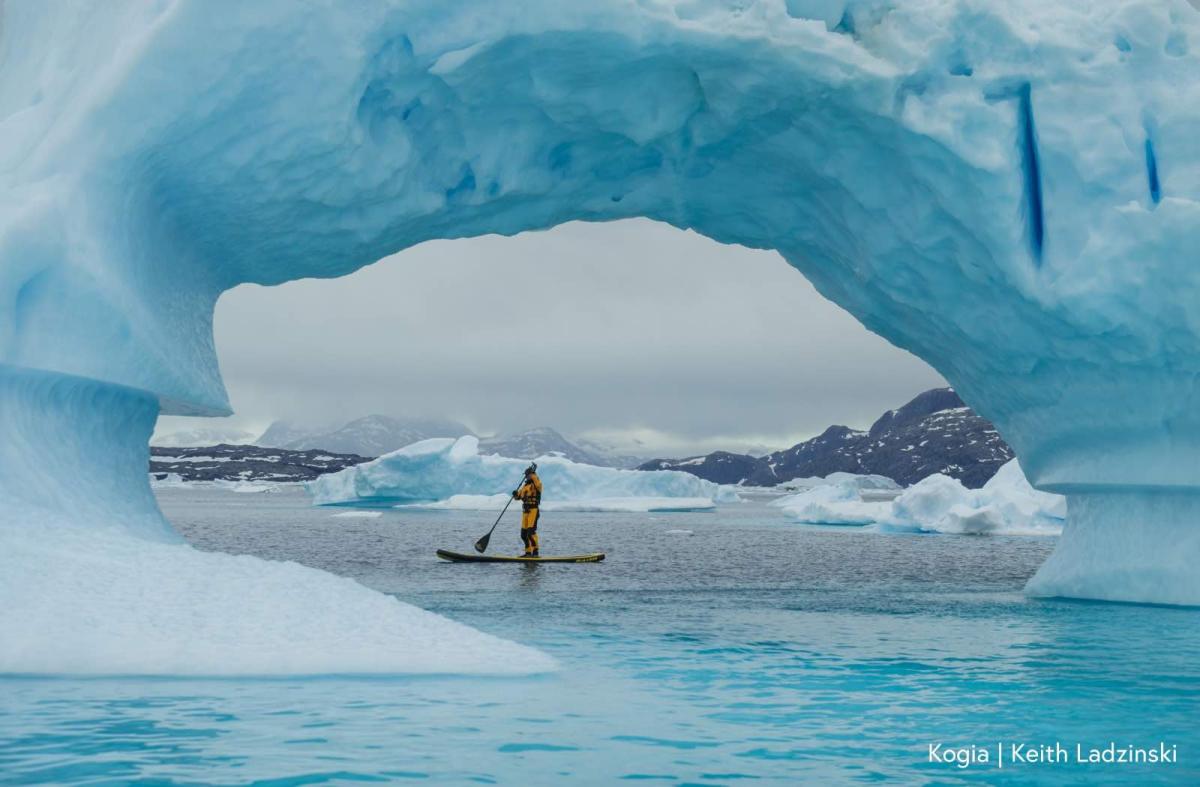
A paddleboarder on an expedition in Greenland.
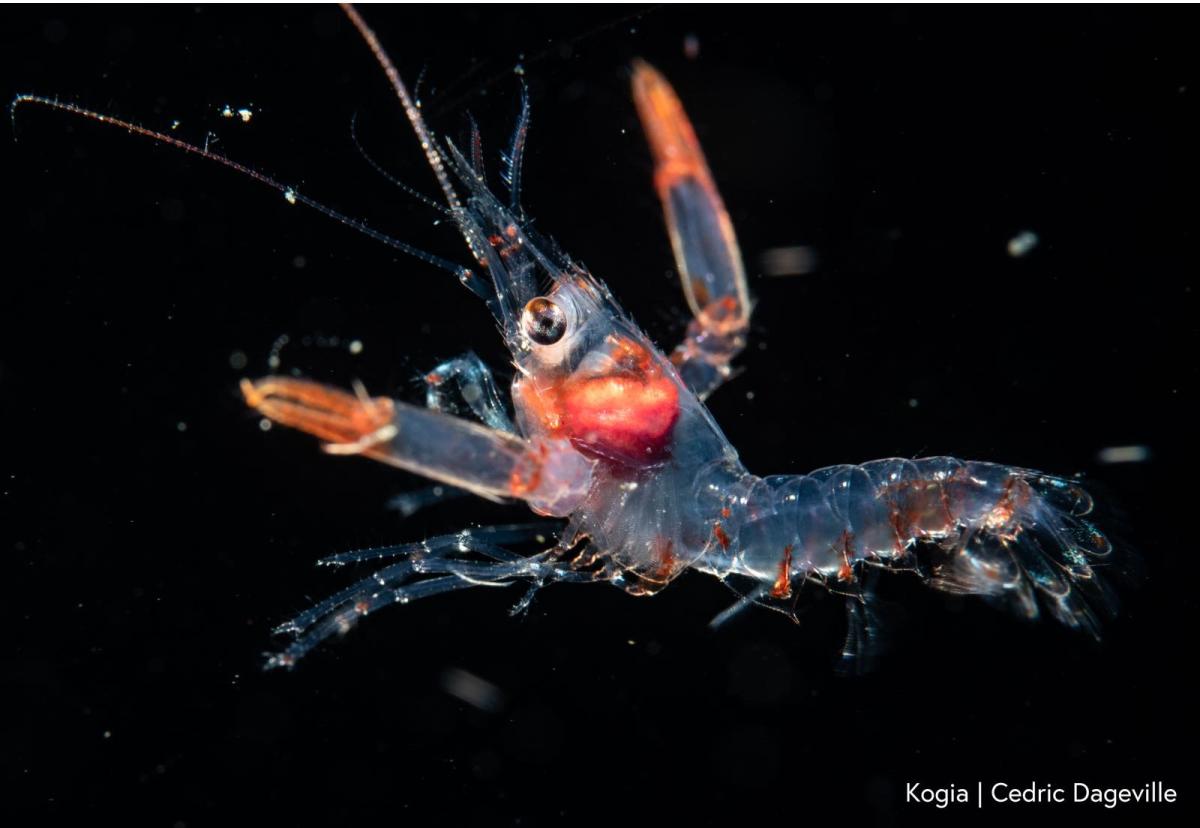
A shrimp in North Sulawesi, Indonesia.
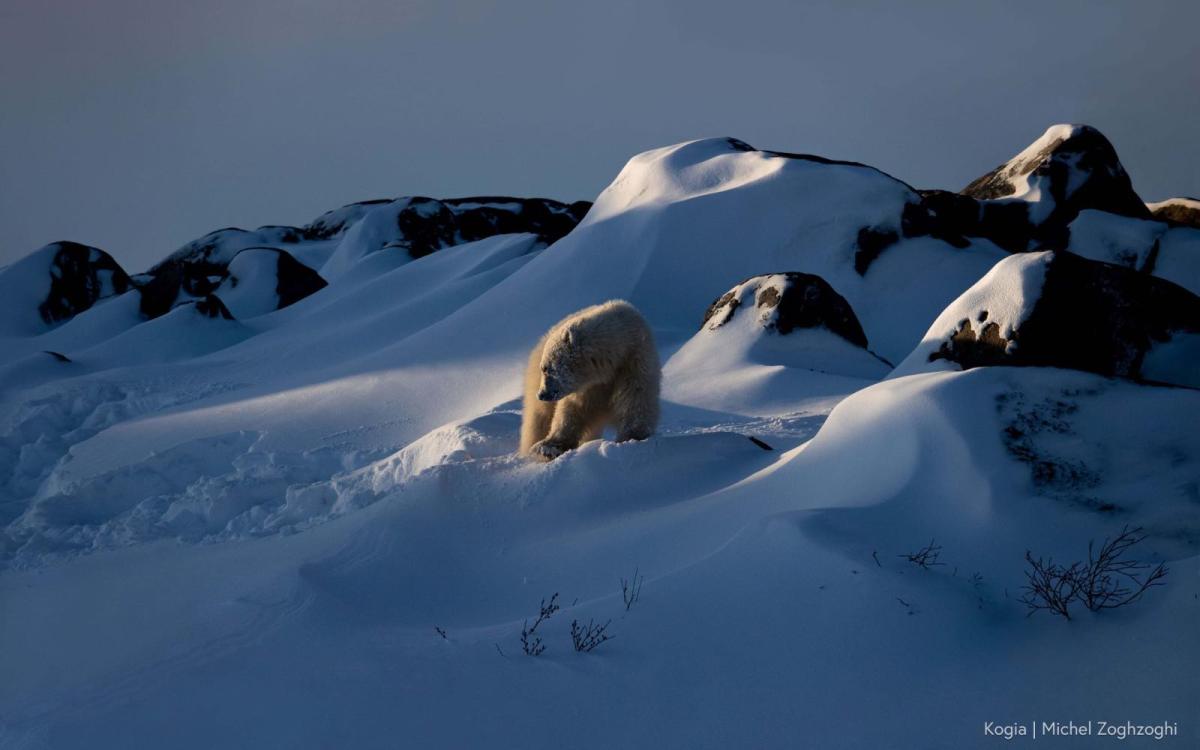
A polar bear near Churchill, Canada.
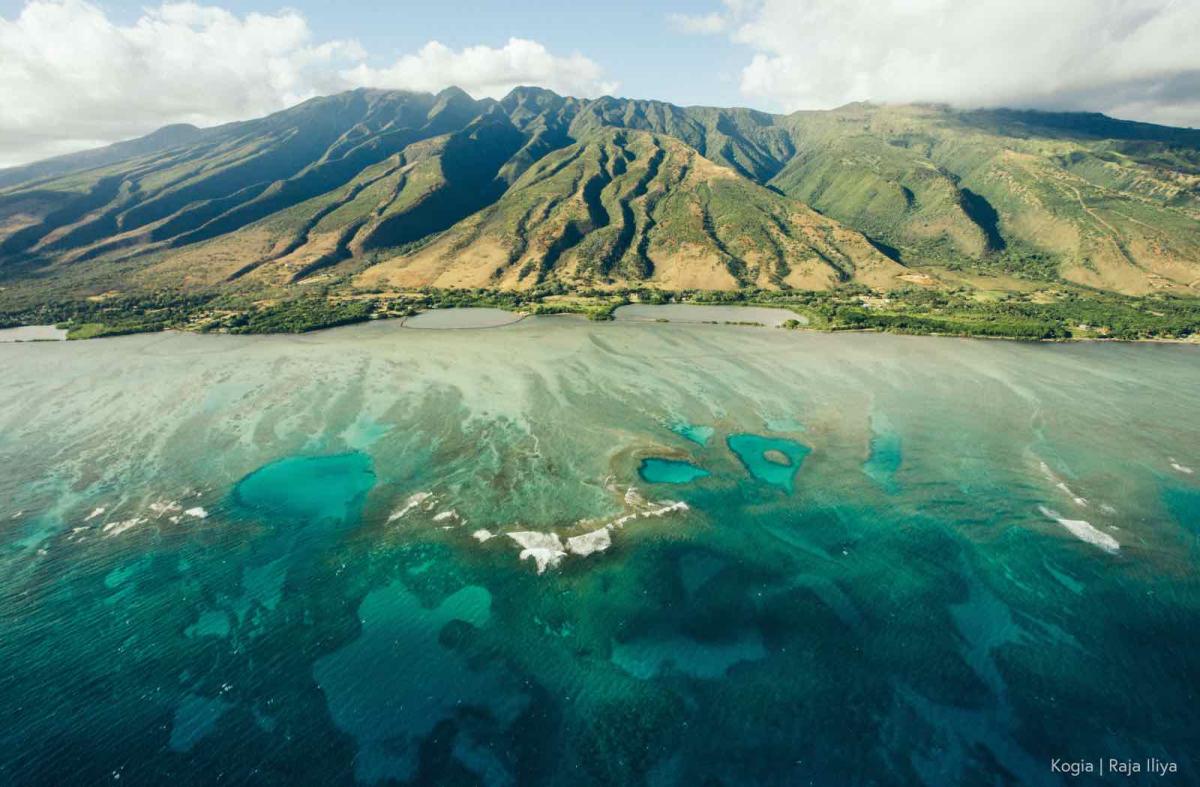
An aerial view of the coastline of Maui, Hawaiʻi.
More exposure
A parting shot
While showing the vibrancy and beauty of marine wildlife and ecosystems, visual storytelling can also present a stark juxtaposition with the threats those ecosystems face. For example, this photo shows an overhead view of an oil refinery off the coast of Long Beach, California. At first glance it looks peaceful, almost beautiful. But a closer look reveals its sheer scale, and its proximity to the coastline – where residents face some of the worst pollution in the country.
